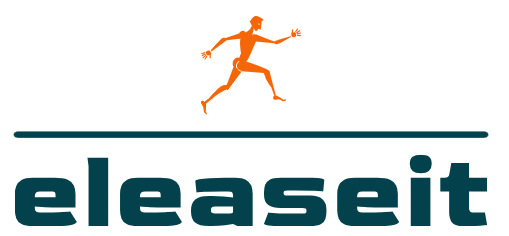Introduction
Deep Sea Mining (DSM) has emerged as a promising frontier in resource extraction, presenting unique challenges and opportunities. Delving into DSM, from theory to application, entails understanding its intricate mechanisms and navigating its complex dynamics. In this article, we explore the theoretical underpinnings of DSM cycling and examine how these concepts translate into practical applications in the field.
Understanding DSM Cycling
At the core of DSM operations lies the concept of DSM cycling, a process that involves the extraction, processing, and disposal of materials from the ocean floor. DSM cycling encompasses a series of interconnected stages, each with its own set of challenges and considerations. From prospecting and exploration to mining and environmental management, every phase of the DSM cycle requires careful planning and execution.
Prospecting and Exploration
The journey into DSM begins with prospecting and exploration, where scientists and engineers identify potential mining sites and assess their viability. Utilizing advanced technologies such as remote sensing and underwater mapping, researchers search for mineral-rich deposits on the ocean floor. This phase involves analyzing geological data, conducting surveys, and characterizing seabed environments to determine the optimal locations for mining operations.
Mining Operations
Once promising sites have been identified, the focus shifts to mining operations, where specialized equipment is deployed to extract valuable resources from the seabed. DSM mining techniques vary depending on the type of mineral deposits and geological conditions. Methods such as dredging, hydraulic suction, and robotic excavation are employed to collect ores and minerals from the ocean floor with minimal environmental impact.
Processing and Refinement
After extraction, raw materials undergo processing and refinement to extract valuable minerals and separate them from unwanted impurities. This stage involves crushing, grinding, and beneficiation processes to concentrate the desired minerals into usable forms. Advanced separation techniques such as flotation and magnetic separation are utilized to purify the extracted ores and prepare them for further processing.
Environmental Management
As DSM operations progress, environmental management becomes a critical consideration to mitigate potential ecological impacts. Measures such as sediment plume monitoring, habitat restoration, and marine biodiversity conservation are implemented to minimize disturbances to marine ecosystems. Additionally, stringent regulations and environmental impact assessments ensure compliance with sustainability standards and protect vulnerable marine habitats.
Technological Innovations
Advancements in technology play a pivotal role in driving the evolution of DSM from theory to application. From autonomous underwater vehicles (AUVs) and remotely operated vehicles (ROVs) to advanced sensors and monitoring systems, cutting-edge technologies enable precise mapping, efficient resource extraction, and real-time environmental monitoring in deep-sea environments. These innovations enhance operational efficiency, reduce costs, and minimize environmental risks associated with DSM activities.
Challenges and Considerations
Despite its potential benefits, DSM faces numerous challenges and considerations that must be addressed to ensure its long-term viability and sustainability. Concerns such as habitat destruction, biodiversity loss, and potential conflicts with existing marine industries underscore the need for robust regulatory frameworks, stakeholder engagement, and responsible mining practices. Additionally, uncertainties surrounding the long-term environmental impacts of DSM highlight the importance of ongoing research and monitoring efforts to assess and mitigate risks effectively.
Conclusion
Delving into DSM, from theory to application, offers a glimpse into the complex interplay of science, technology, and environmental stewardship in the pursuit of offshore resource extraction. By understanding the theoretical foundations of DSM cycling and translating these concepts into practical applications, stakeholders can navigate the challenges and opportunities of deep-sea mining while striving to ensure the sustainable management of our ocean resources. Read more about dsm cycling





